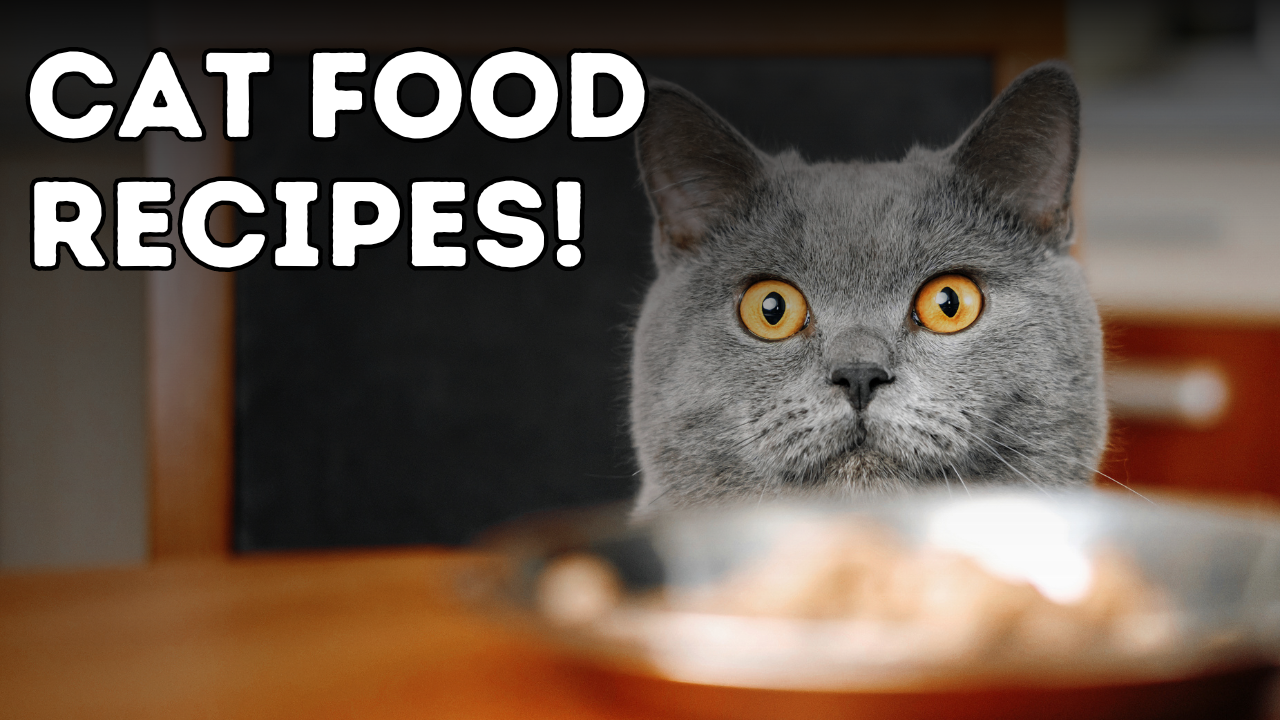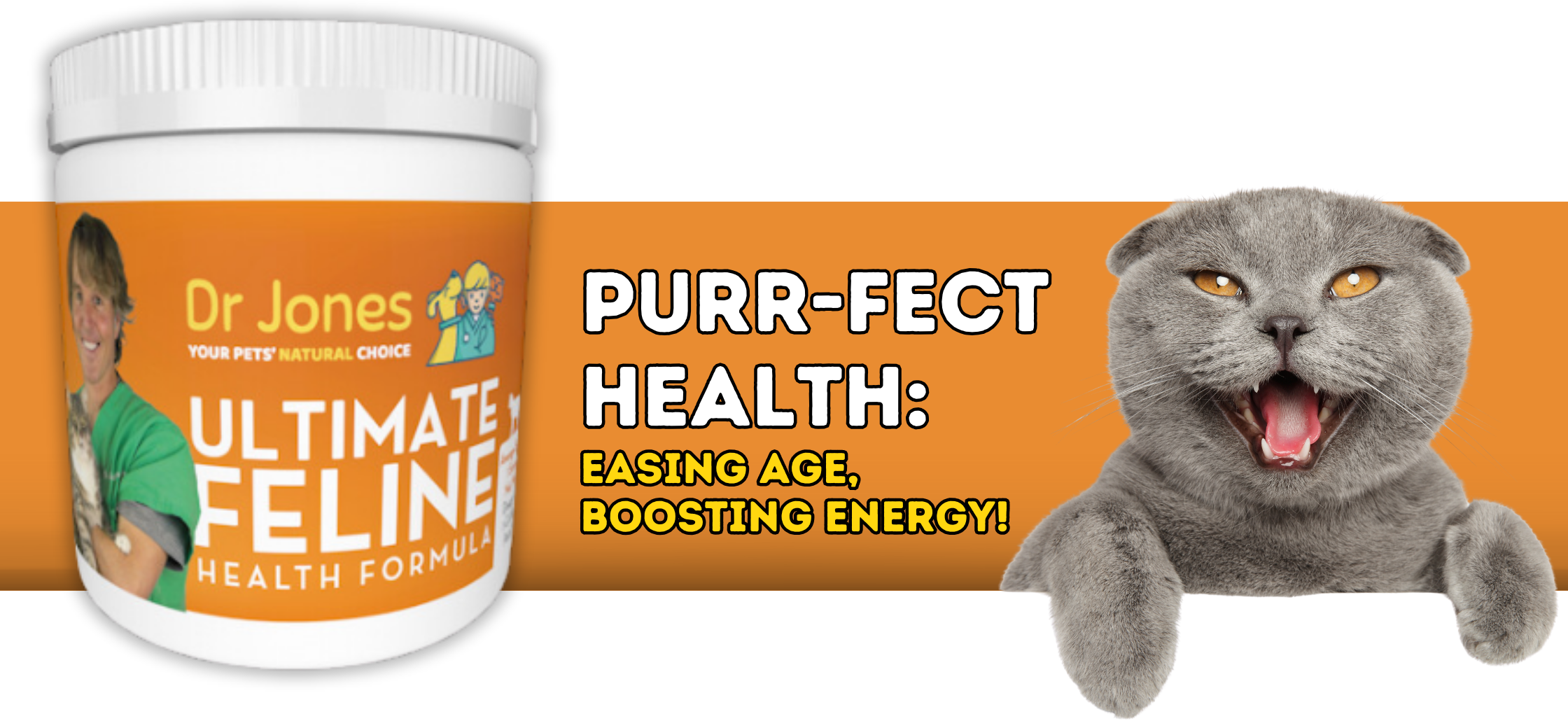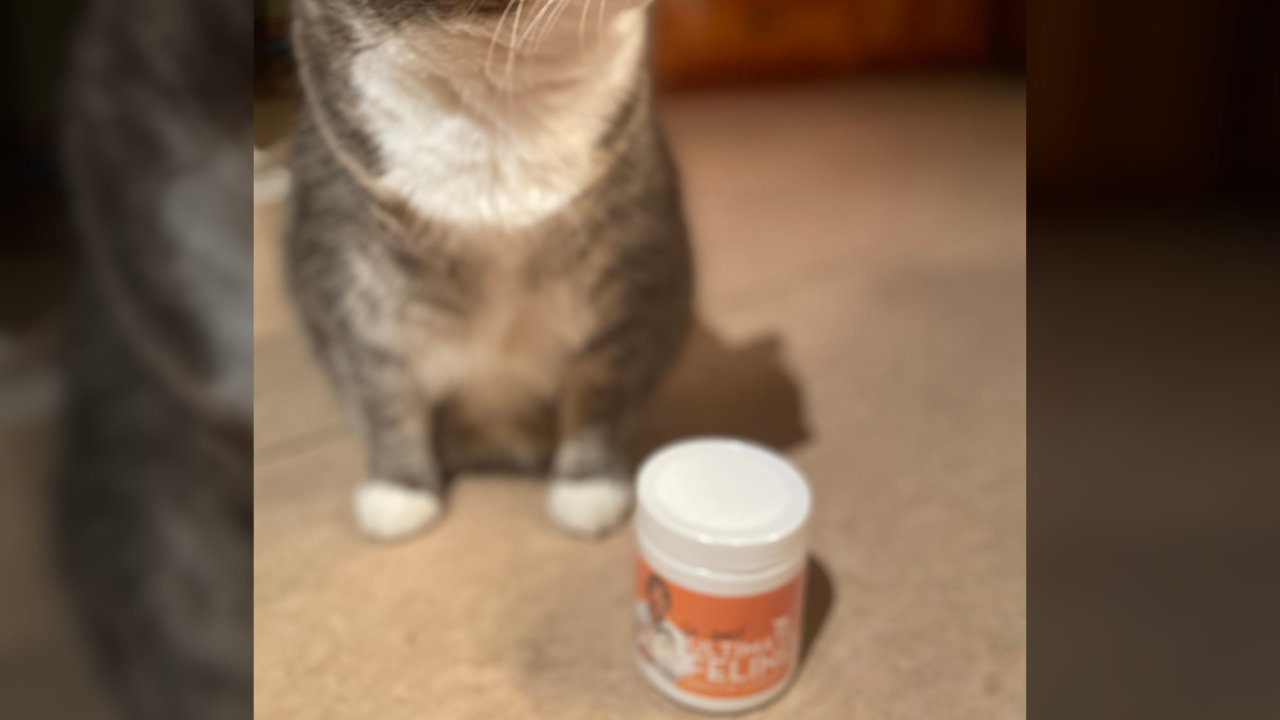Cat Food: How to choose, Cat Food Recipes!

Are you feeding your cat wrong?
Possibly yes, and you may be putting your cat at risk of common diseases, such as Diabetes and Feline Urinary Tract Disease.
If you happen to feed ‘conventional pet food’ (as even I do), there are things that you can add to your cat’s diet to dramatically improve the quality.
Such as adding a complete supplement with ingredients that support the skin, the joints, the organs, the intestinal tract, and the immune system.
Here is an easy way to do that and get up to 37% OFF your first order: Dr Jones’ ULTIMATE Feline Health Formula


Commercial pet food often fails to meet the varied nutritional needs of cats throughout their lives. This food frequently contains unnecessary chemical additives and preservatives.
The Pet Food Industry and its Byproducts
The pet food industry leverages byproducts from the human food and agriculture sectors, using animal fats, grains deemed unfit for human consumption, and other waste products like intestines and possibly diseased animal tissues to maximize profits.
Issues with Dry Cat Kibble
Dry cat kibble poses several health risks:
-
Low Water Content: Increases the risk of urinary tract diseases, including potentially fatal urethral obstructions.
-
High Carbohydrate Load: Can lead to diabetes, obesity, and intestinal issues. Even low-carb kibble remains problematic due to its lack of water and nutrient degradation through harsh cooking.
-
Inappropriate Protein Sources: High in plant-based proteins, despite cats being obligate carnivores requiring animal-based proteins.
Health Risks from Grains and Carbohydrates in Cat Food
Grains are commonly used in cat food as a cheap filler and a binding agent, but they do not support the carnivorous dietary needs of cats. Cats lack significant amounts of the enzymes necessary to digest carbohydrates, which can contribute to health issues like diabetes.
Toxins in Cat Food
Several toxins in commercial cat food can harm your pet’s health, including:
- Preservatives: Such as BHA, BHT, and Ethoxyquin.
- Heavy Metals: Like mercury in fish byproducts.
- Chemicals: Such as PFCs from pet food bag coatings and BPA from cans.
Choosing Quality Commercial Cat Food
When selecting commercial cat food, consider the following:
- Primary Ingredients: Animal-based proteins should be the main ingredient.
- Avoid Byproducts and Fillers: Choose foods without by-products or food fractions like wheat middlings or corn gluten.
- Natural Preservatives: Look for Vitamin E and mixed tocopherols.
- No Artificial Additives: Avoid artificial flavor enhancers and colors.
- Essential Additions: Ensure the food contains essential fatty acids and antioxidants for overall health.
Homemade Cat Food: Benefits and Recipes
Homemade cat food allows for complete control over the ingredients, ensuring freshness and quality.
Key Points for Homemade Cat Food Diets
- Protein Source: Use chicken, turkey, or duck.
- No Carbohydrates: Avoid grains and starches.
- Balanced Fats: Include sources like sunflower or coconut oil.
- Supplements: Add Omega-3 fatty acids, calcium, vitamins, and minerals.
- Fiber: Incorporate sources like canned pumpkin or ground flax for digestion.
Recipes for Homemade Cat Food
- Chicken Recipe: Involves chicken breast, sunflower oil, fish or krill oil, and supplements like taurine.
- Turkey Recipe: Includes ground turkey, optional egg, and similar supplements to the chicken recipe.
The Importance of Diet Variation
It’s beneficial to vary your cat’s diet rather than sticking strictly to conventional foods, particularly kibble, which might not meet all nutritional needs.

Have tried these recipes and am having a hard time getting my cat to eat it. I have added your Ultimate feline to the full recipe. Any ideas? Can I add some canned tuna or even some catnip?
To get your cat to accept it, we have a few suggestions:
First, you can try just adding far less of the supplement to your cat’s meal – try with just a sprinkle on the food, well mixed in, just for 1 meal. If your cat accepts that, continue with just a very small amount for a few days, adding it to each meal. And then, slowly increase it until your cat is on the full dose.
If your cat doesn’t accept it with even just a sprinkle, perhaps try mixing a small amount with a different treat. If you can find a treat your cat loves – perhaps liver, freeze dried minnows, any treat that your cat will eat – try mixing a small amount of the supplement in (or even just coating the treat) and see if your cat will take it. If that works, then you can increase the amount of supplement mixed with the treat.
Try pill pockets, some find that works well. You can get them on Amazon, just put the powder in and squeeze shut, and give it as a treat.
“Treat Sandwich”: try mixing with some cream cheese or coconut oil (cooled so you can shape it) then use 2 of their favorite treats and put the cream cheese/coconut oil mix between the 2 treats, like a ‘treat sandwich’
“Tricky treat method”: hide the powder in a treat or food they like (don’t mix it it, just wrap the food around it), then put that in a bowl with other treats or bits of meat / meat tube / tuna / etc, then give them the bowl – many will just smell the other good treats and not notice the one with the powder, and eat them all
Another suggestion is to mix it with cream cheese and smear that on your cat’s paws – they will lick it off.
One (last resort) way to make sure your cat gets it is to mix the supplement with a small amount of water, then ‘shoot’ it down the throat with a soft tipped plastic syringe (you can find them on Amazon) – it’s more like giving medicine, but that way you can make sure your cat gets it.
One thing we’ve found for cats that won’t take the supplement is that it just takes time and persistence, and eventually they will. Experimenting with different treats or different canned foods tends to be the best long term way to get them to accept it.
Thank you sooooo much!!!